PPT-Data Structure & Algorithms in JAVA
Author : giovanna-bartolotta | Published Date : 2019-11-23
Data Structure amp Algorithms in JAVA 5 th edition Michael T Goodrich Roberto Tamassia Chapter 7 Trees CPSC 3200 Algorithm Analysis and Advanced Data Structure
Presentation Embed Code
Download Presentation
Download Presentation The PPT/PDF document "Data Structure & Algorithms in JAVA" is the property of its rightful owner. Permission is granted to download and print the materials on this website for personal, non-commercial use only, and to display it on your personal computer provided you do not modify the materials and that you retain all copyright notices contained in the materials. By downloading content from our website, you accept the terms of this agreement.
Data Structure & Algorithms in JAVA: Transcript
Download Rules Of Document
"Data Structure & Algorithms in JAVA"The content belongs to its owner. You may download and print it for personal use, without modification, and keep all copyright notices. By downloading, you agree to these terms.
Related Documents



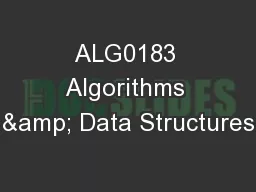
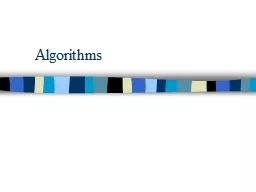
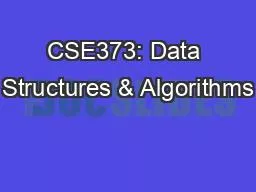
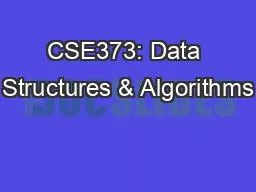
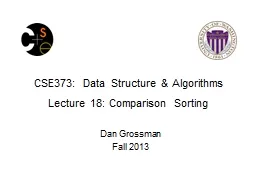
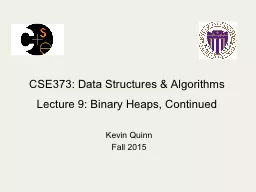
![[READING BOOK]-Algorithms JavaScript Explains Algorithms with Beautiful Pictures Learn](https://thumbs.docslides.com/970728/reading-book-algorithms-javascript-explains-algorithms-with-beautiful-pictures-learn-it-easy-better-and-well-easy-learning-java-and-design-patterns-and-data-structures-and-algorithms-book-9.jpg)
![[FREE]-Java Java For Beginners Guide To Learn Java And Java Programming (Java Programming](https://thumbs.docslides.com/970816/free-java-java-for-beginners-guide-to-learn-java-and-java-programming-java-programming-books.jpg)
![[eBOOK]-java programming book.effective java coding problems for beginners and dummies](https://thumbs.docslides.com/973026/ebook-java-programming-book-effective-java-coding-problems-for-beginners-and-dummies-8th-edition-2021-2022-java-book-programming-java-for-beginners-java-a-beginner-s-guide.jpg)
![[BEST]-Full-Color Illustration Data Structrues Algorithms Java: Easy and Interesting](https://thumbs.docslides.com/973318/best-full-color-illustration-data-structrues-algorithms-java-easy-and-interesting-to-learn-through-full-color-diagrams-java-foundation-design-patterns-data-structures-algorithms.jpg)
![[FREE]-Algorithms JavaScript: Explains Algorithms with Beautiful Pictures Learn it Easy](https://thumbs.docslides.com/973922/free-algorithms-javascript-explains-algorithms-with-beautiful-pictures-learn-it-easy-better-and-well-easy-learning-java-and-design-patterns-and-data-structures-and-algorithms-book-9.jpg)